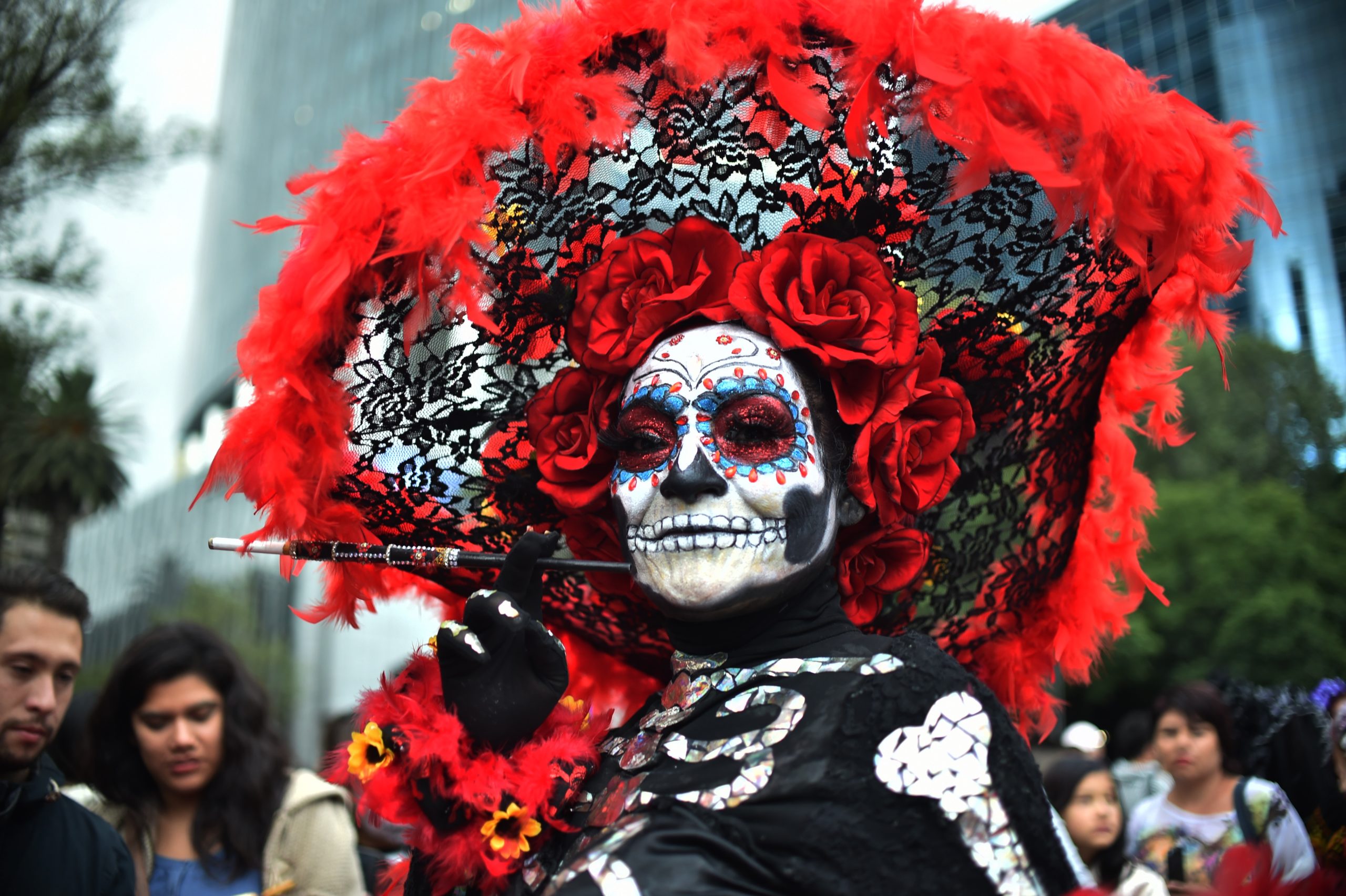AGUASCALIENTES, Mexico — La Catrina, an elegantly dressed skeleton woman normally seen during Mexicos Day of the Dead celebrations, is playing an unexpected cameo role in a push to redefine what goes into EU trade deals.
Countries have long used trade pacts to try to export their industrial standards and protect their iconic brands. In the European case, for example, that has often meant safeguarding gourmet treasures like Champagne and Parmesan.
But Mexico is now using its trade accord with the EU to try to push such protections into the more unusual realm of cultural handicrafts, ranging from sombreros to clay figurines of La Catrina.
In April, negotiators upgraded a trade deal between Brussels and Mexico — the EUs No. 1 trade partner in Latin America — to include a broader range of sectors such as finance, e-commerce and agriculture.
One of the EUs top strategic priorities in the upgrade was to secure protections for 572 European foods, wines and spirits under its system of geographical indications (GIs). Locking those European labels into a trade deal boxes American Champagne-makers and Australian feta-makers out of Mexicos market of about 130 million.
“It was a way of balancing the negotiations … because for Mexico, those were GIs whether Europe thought so or not” — Juan Carlos Baker, Mexicos former undersecretary of foreign trade
Mexico was outgunned on the food front and only had 26 of its own food and drink GIs that it could protect in Europe, which helps explain why it also sought to expand the GI provisions to handicrafts. The final wording on things like pottery, embroidery and sombreros in the EU-Mexico upgrade was not legally binding, but it was still a significant gambit that will test how far GI rules might be extended to non-food goods in the coming years.
“For us, it was a matter of principle that if we were putting such effort and resources into creating a system that was going to be consistent with EU commitments, it was important to have those GIs recognized,” said Juan Carlos Baker, Mexicos former undersecretary of foreign trade during the negotiations, now a consultant in Mexico City.
“It was a way of balancing the negotiations … because for Mexico, those were GIs whether Europe thought so or not.”
The practical problem for Mexico is that the protections for its non-food GIs only kick in when Europe comes up with a proper legal framework. Commission officials say the EU executive is exploring ways to improve the GI protection system for non-agricultural products, but there are currently no such safeguards in Europe.
Brussels has been considering whether to expand the GI scheme beyond food and drinks since 2011, and Mexico is not the first country to try it. Momentum has been building since other Latin American countries in the Mercosur and Andean groupings negotiated trade deals with similar features in recent years.
The Commission is also now working to release an action plan on intellectual property in the coming months and the topic of protecting non-food GIs may come up in the process.
Expanding the system might also then include European products, like Carrara marble from Italy or Antwerp diamonds.
“Once they have the legal framework, [the EU] would be in a position that they could request Mexico to protect their GIs,” said César Guerra, Mexicos chief negotiator until 2018 on the deal, which still must be ratified by lawmakers on both sides. “They cannot request something that isnt recognized in the European Union right now.”
Beyond tequila
There are 19 names on the list of protected Mexican handicrafts. They include items such as amber from the lush, southern region of Chiapas; “Sombreros San Pancho” from the state of Guanajuato; and figurines of La Catrina made in the central town of Capula in Michoacán.
Advocates for local craftspeople say protections already in place in Mexico offer a sense of security by deterring imitations that hurt their bottom lines. Extending them to Europe could also help develop a new market.
“I think that it would be amazing for them to have this recognition in Europe … These artisans are from low-income families, so they want to be known, they want to be able to sell more in other countries and not just here in Michoacán,” said Daniel Álvarez, head of commercial strategies at the Artisan Institute of Michoacán, which helps promote and support local craftmakers from the central Mexican state with things like selling their works abroad.

A craftswoman paints a Talavera cup, a traditional pottery style, in Puebla, Mexico | Jose Castanares/AFP via Getty Images
Álvarez added that most artwork his institute helps to sell and send outside Mexico goes to the United States. “To have new spaces to sell, its great.”
In practice the protections may be fairly limited, however, because they are based on the regional name rather than whRead More – Source
[contf]
[contfnew]

politico
[contfnewc]
[contfnewc]























































